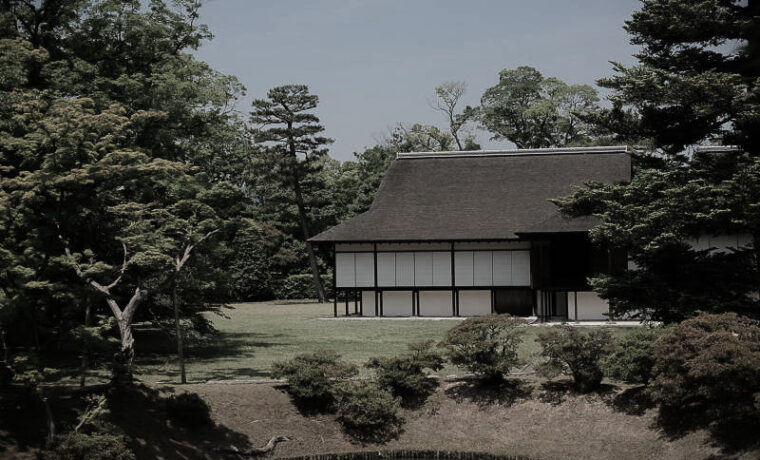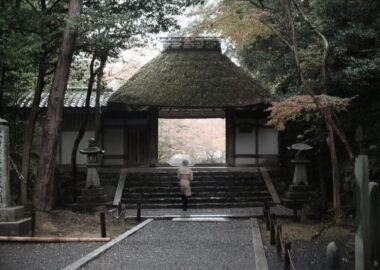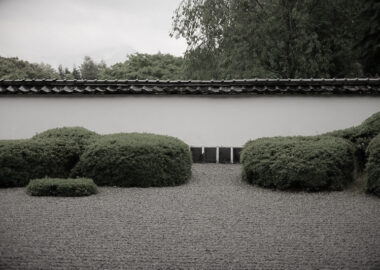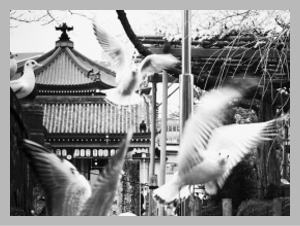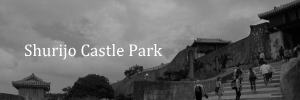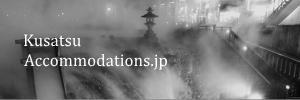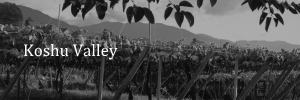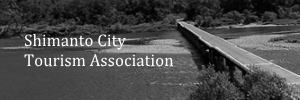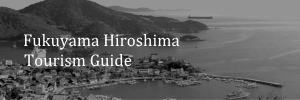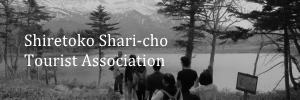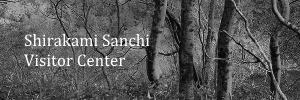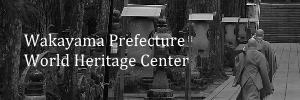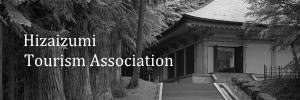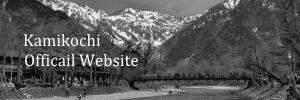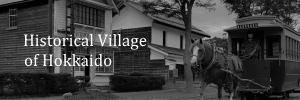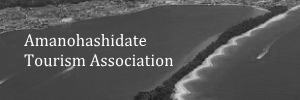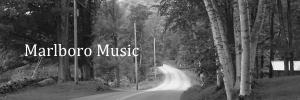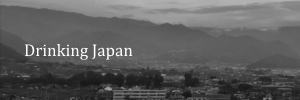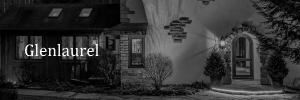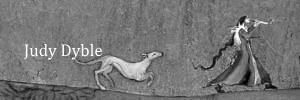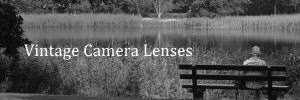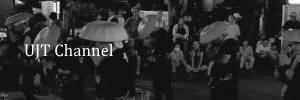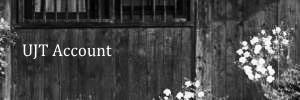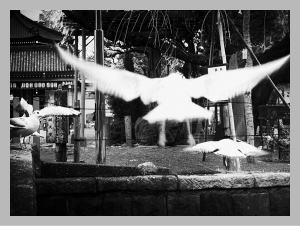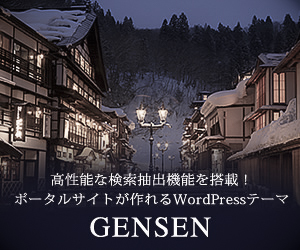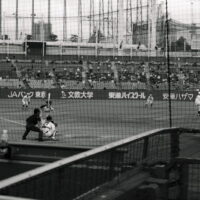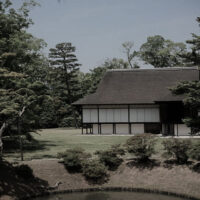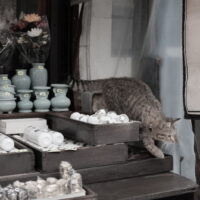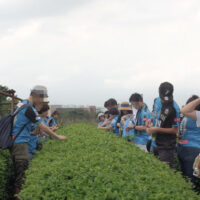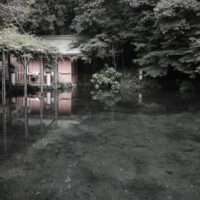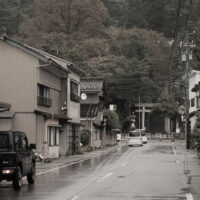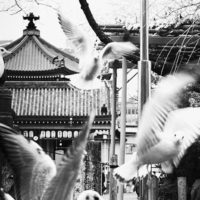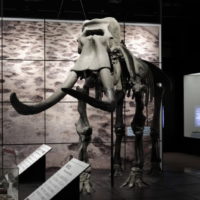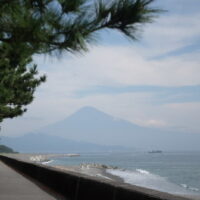Last update: February 2025
In this post, I would like to introduce two rikyu (離宮) in Kyoto, Katsura Imperial Villa (Katsura Rikyu) and Shugakuin Imperial Villa (Shugakuin Rikyu). A rikyu (literally, “detached palace”) is an imperial facility located outside the main Imperial Palace, but the name “rikyu” was not officially used for these facilities until after the Meiji Restoration. Before that, Kyoto’s imperial villas were called betsugyo or similar. Betsugyo (別業) is an old Japanese word meaning “ancient aristocratic villas.” Currently, these villas, along with the Kyoto Imperial Palace, are managed by the Imperial Household Agency as national property.
Katsura Imperial Villa
On a hot, sunny day in May, I took a guided tour of Katsura Imperial Villa in Kyoto Prefecture (in the Kinki Region). To book a tour of the Villa, you have to go through a few steps. This time, I didn’t book online but went directly to the Imperial Household Agency office in the Kyoto Imperial Palace in early May. There, I booked a tour scheduled to be conducted two weeks afterwards. It was worth the wait. (Of course, Katsura Rikyu is well known worldwide, so it deviates slightly from the purpose of this website, which is to “introduce lesser-known places in Japan.” However, for various reasons, I cannot help but make an exception here.)
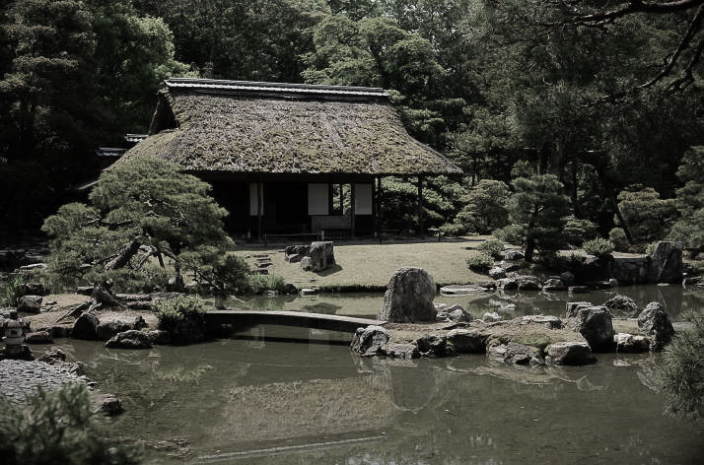
At Katsura Imperial Villa, the buildings from the early Edo period still remain intact. And the ‘stroll garden’ around the pond is considered to be one of the masterpieces of Japanese gardens. (Although it is not clear who created the garden.) Its international fame increased after it was praised by influential architects such as Bruno Taut. Taut arrived at the port of Tsuruga (in Fukui Prefecture) via the Sea of Japan in 1933 and visited Katsura Rikyu the very next day after his arrival. He praised the “beauty that is by no means decorative but is indeed functional in a spiritual sense” that he found there, and wrote that “Katsura Imperial Villa, which embodies classical greatness, is the standard for all things Japanese.”
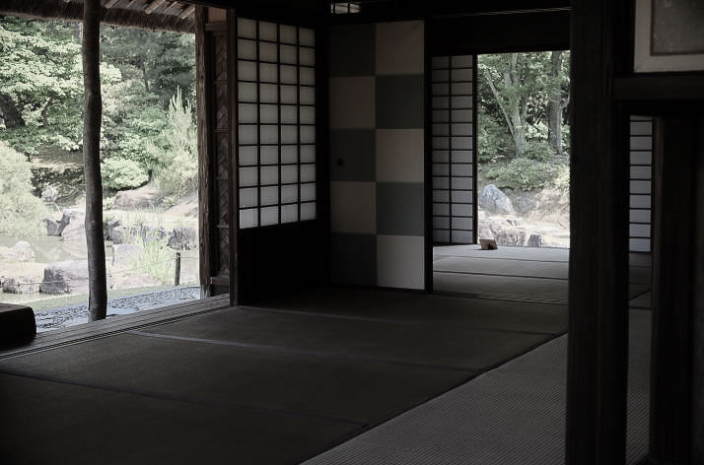
The eastern side of the villa grounds is surrounded by a unique bamboo fence called Katsuragaki (桂垣), stretching for over 200 meters. Bamboos growing on the grounds are placed alive on top of the bamboo fence core and woven together with the leaves still attached. As you approach the main gate, the Katsura-gaki ends and a fence called Hogaki (穂垣) begins, which continues up to the side gate for general visitors. Ho-gaki is made of bamboo poles with the tops cut diagonally and arranged at equal intervals. Near the Ho-gaki fence is the main gate of Katsura Imperial Villa, called the Omotemon (表門), which is never opened except on special occasions. There are no intimidating walls or other obstacles around this gate, giving it a simple and clean feel.
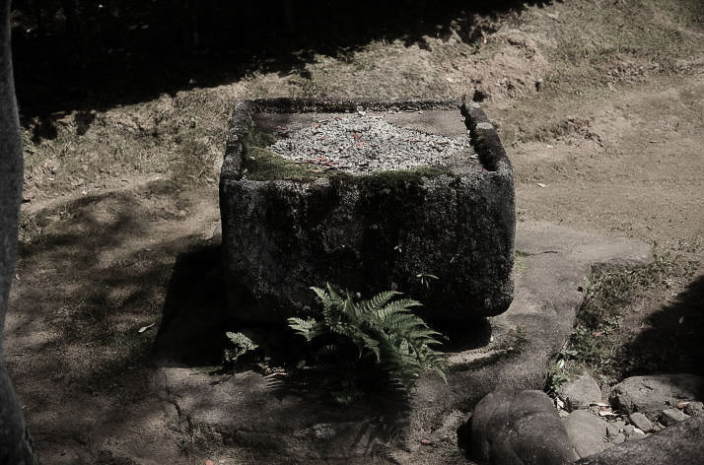
Katsura Imperial Villa is in Katsura (the former ‘Katsura village’), Nishikyo-ku in Kyoto Prefecture. The area had been popular as a spot for moon-viewing long before the villa emerged here. And the place also has been closely related to Genji Monogatari (The Tale of Genji) which is a work in the Heian Period (794-1185). Studies suggest that the origin of Katsura Imperial Villa dates back to the early 17th century. It was when Prince Hachijo-no-miya Toshihito, the younger brother of the emperor at the time, built a simple building that became the prototype for the current Koshoin (古書院) building. After Prince Toshihito’s death, his son Prince Toshitada built Chushoin (中書院), connected to Koshoin. The garden was then extensively developed, and by the middle of the 17th century, it developed almost to the point of its current state.
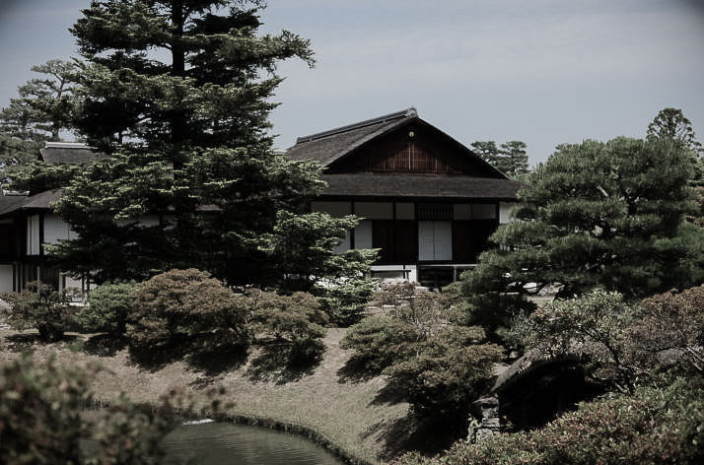
The Chumon (中門) gate, the entrance to the Koshoin, is the last place visited on the Imperial Household Agency’s guided tour route, but this is actually the official entrance to the Shoin complex. Passing under this gate, the stone path meanders at first. And then, it extends diagonally to the left toward the entrance of the Koshoin. This is where the noblemen used to get off the palanquin to enter the Koshoin. Even from here, we can’t see the inside of the building, nor can we get a good look at the other buildings or the garden. Near the Chumon gate there is a small pine tree called Sumiyoshi no Matsu (住吉の松). It is as if the pine tree prevents visitors from looking at the entire view of the garden. They say that this is part of the garden’s design, and it was planted in such a way that visitors could only get a full view of the stroll garden once they had entered the Koshoin.
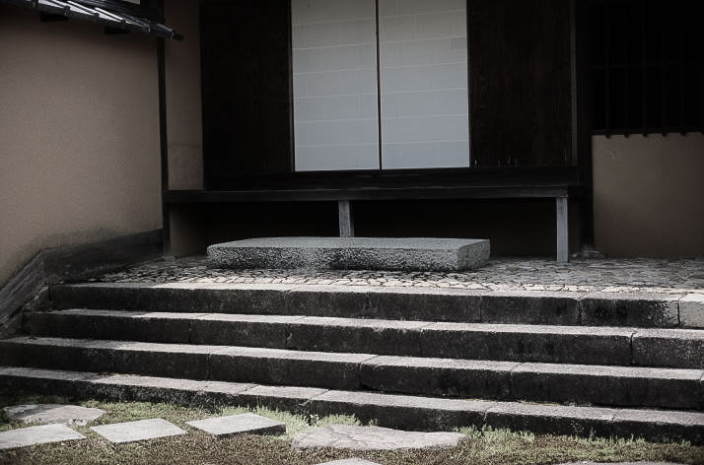
A platform dedicated to moon-viewing, called Tsukimidai (月見台), juts out from the front of the Koshoin building towards the pond, facing east. The floor of this platform is made of thin bamboo stems (a technique known as take-sunoko), and there are no railings or roof to prevent the view of the moon. Bruno Taut described the view of the entire pond from here as “beautiful enough to bring one to tears,” and wrote, “This is a beauty that is entirely unique and new to European eyes, a beauty that is absolutely Japanese and cannot be compared to anything else.” Unfortunately, the interior of the Shoin complex, including the Koshoin, is not included in the itinerary of the guided tour, so general visitors cannot enjoy the view from the Tsukimidai platform.
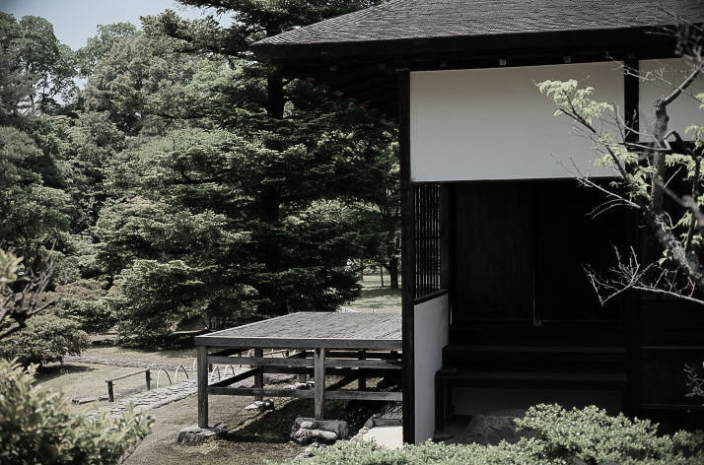
Taking part in the guided tour at Katsura Imperial Villa was an interesting experience. Being well-organized, we moved like a legion, sandwiched between the tour guide at the top and the imperial guard in the rear. We entered into the garden from the north side and trod the path toward the Shokintei tea house. We walked for a while through the woods, listening to the murmur of the brook. Then, suddenly a bleak landscape appeared. It is the Suhama (州浜) which consists only of stones, no plants. A stone lantern stands at the tip of the Suhama shore. It is said that this area represents the seascape, and that the stone lantern is likened to a lighthouse on a cape. Also, near the Suhama, there is a long, narrow piece of land stretching across the pond, connected by a stone bridge, which is said to represent Amanohashidate (天橋立), a scenic spot facing the Sea of Japan.
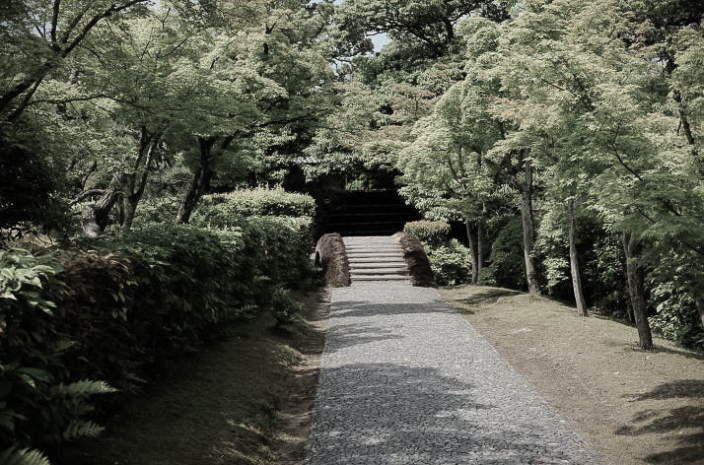
A short walk from the Suhama shore there is a small hill surrounded by forest, and on top of the hill stands a simple gazebo called Manjitei. It is a resting place for the guests of the tea ceremony. And it is famous for its unique formation of the four benches found there. Although this place is not on the itinerary of the guided tour, we can see the same formation of the benches in the waiting room of the villa’s office. Apparently, this was arranged so that guests did not have to sit facing each other, but the architect’s intentions remain a mystery. The final step to the Shokintei teahouse is across a large stone bridge, 6m long and 65cm wide. You may want to be careful not to fall.
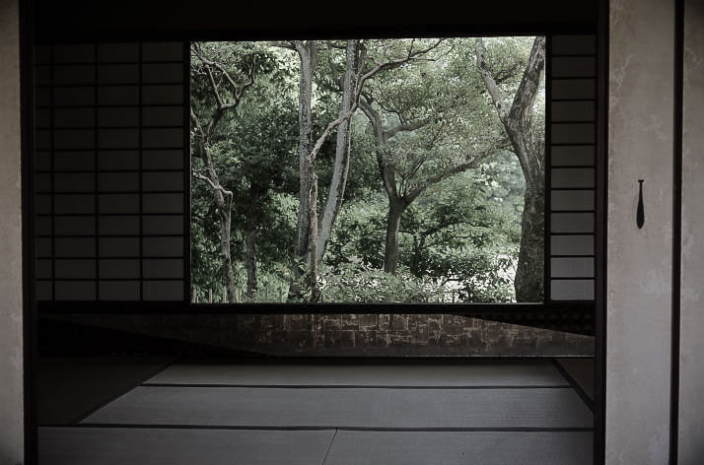
Shokintei (松琴亭) is a thatched teahouse on the east bank of the pond and is the most prestigious of the four teahouses in Katsura Imperial Villa. This teahouse features a rich variety of designs throughout. In particular, the walls of the tokonoma alcove and the surfaces of the fusuma sliding doors are covered in a checkerboard pattern of alternating white and blue squares of Japanese washi paper, which is famous as a representative example of the innovative designs seen in Katsura Rikyu. At the back of the room is a narrow, low-ceilinged tea room with a nijiriguchi (or “crawling-in entrance”). Facing the pond is a rare type of mizuya in a style known as kudo-gamae. “Kudo” refers to a traditional kamado cook stove. In Japanese-style architecture, the kitchen with a kamado is often hidden away in the back, but here it protrudes to the front of the building.
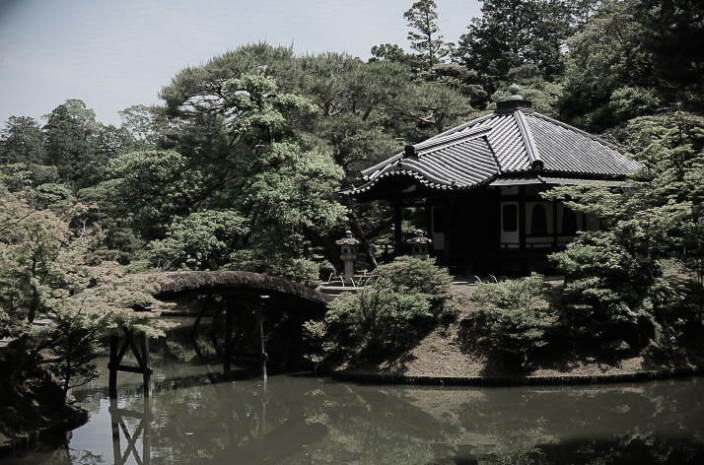
Prince Toshihito was taught waka poetry by Hosokawa Yusai from an early age and was well versed in Japanese classics such as the Manyoshu, Kokinshu, and Genji Monogatari. In the chapter “Matsukaze” in Genji Monogatari, there is a scene in which Hikaru Genji holds an elegant moonlit banquet at his villa, Katsura-dono (桂殿), which is said to have been modeled after the mansion (betsugyo) that Fujiwara no Michinaga, powerful regent who was a contemporary of Genji Monogatari’s author Lady Murasaki Shikibu, owned in Katsura at the time. And 600 years after Michinaga’s death, Katsura Imperial Villa was built on the very site of his mansion. So, Prince Toshihito may have been trying to recreate in Katsura Imperial Villa the world of imperial culture depicted in The Tale of Genji, where people compose waka poetry and hold drinking parties on boats floating on a pond while biwa and flutes are played.
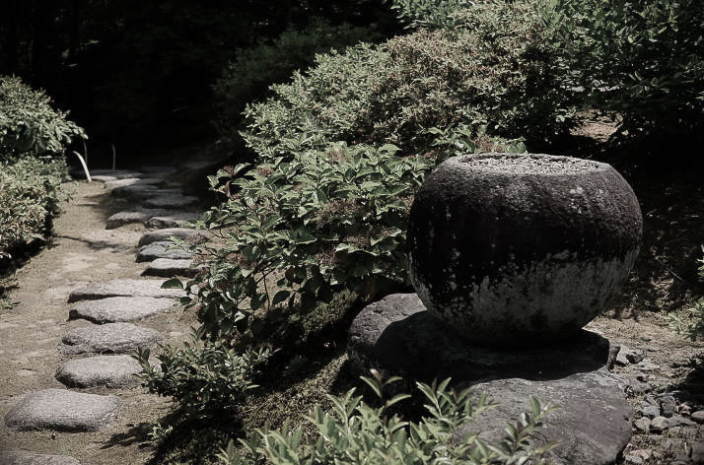
The path from Shokintei to the Goten (“Palace”) curves gently around the pond. We cross a bridge and climb a small hill to find Shokatei (賞花亭), a small teahouse at the highest point of Katsura Rikyu. From here we can look down over the garden and see the distant mountains to the north. Going down from Shokatei, you will come to Onrindo (園林堂). This is a tiled-roofed Buddhist statue hall, which gives a somewhat unusual impression among Katsura Imperial Villa, where purely Japanese sukiya-style buildings are the norm. Around the hall, a band of pebbles is laid out to catch rainwater that falls from the roof, but square stepping-stones cross this irregularly, making it known as one of the most unusual designs in Katsura Imperial Villa.
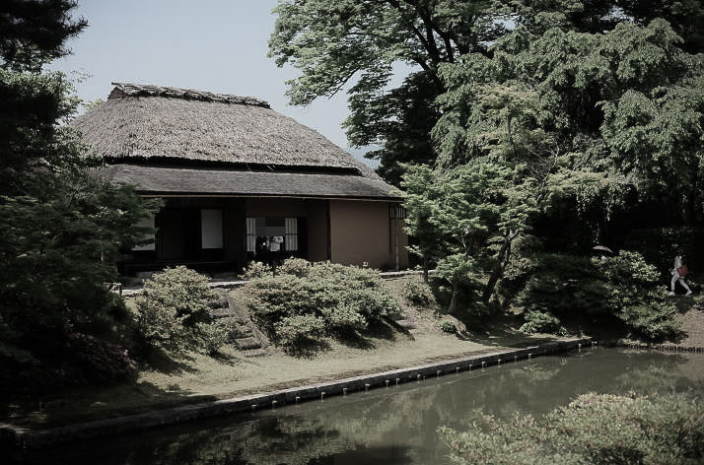
Shoiken (笑意軒) is a farmhouse-style teahouse built on the south bank of a pond. The bank in front of the teahouse is a boat dock. This teahouse has many things to see, including six circular shitajimado windows lined up on the front wall. The design of the wall below the window on the south side is particularly well known, with the gold leaf shape sharply cutting through the black and white checkered velvet cloth. There are three unique paved stone paths called nobedan (延段) within the grounds of Katsura Imperial Villa, and the one in front of the Shoiken is called Sou-no Nobedan (草の延段) and is made entirely of natural, unprocessed stones.
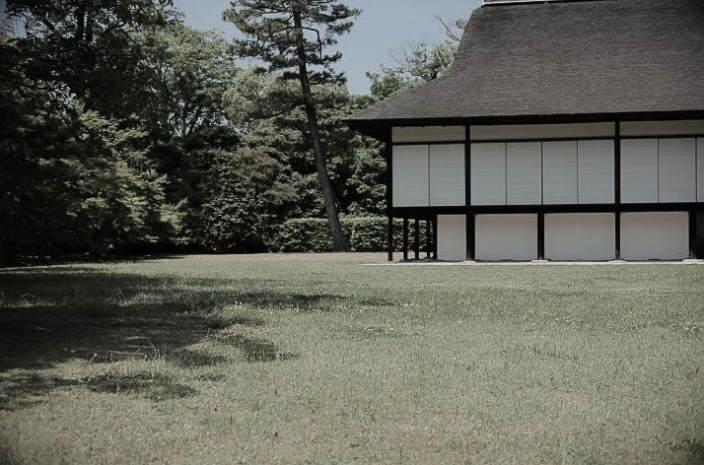
The Shin Goten (新御殿), or the “New Palace,” was built around 1663 to welcome the then Emperor Emeritus Gomizunoo. (It was the last of the palace buildings to be completed.) Although guided tour participants cannot see it, the building’s Ichi-no-ma room contains the shelves made of several different types of shelf boards, known as the Katsuradana shelves. This is a work of art renowned for the beauty and intricacy of its design, and is considered one of the Three Great Shelves of Japan, along with the Kasumidana shelves at Shugakuin Imperial Villa and the Daigodana shelves at Daigoji Temple.
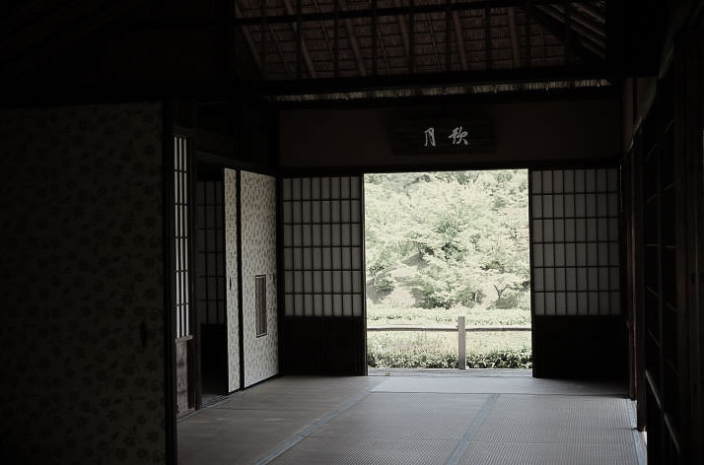
Since ancient times, Katsura has been loved by the nobility as a special place to admire the moon. Several of the buildings and artifacts on the premises of Katsura Rikyu have names that include 月, the kanji character for “moon.” The most representative of these is the aforementioned Tsukimidai moon-viewing platform, but the Gepparo (月波楼) teahouse near the Koshoin is also built by the pond for viewing the moon. Its structure is simple, light, and open. This teahouse was named after a line from a poem by Chinese poet Bai Juyi. The line roughly translates to “The best view of the moon is when it is reflected in a pond.” As the poem suggests, the Gepparo is built on an elevation of stone walls, with one of its windows overlooking the pond.
Shugakuin Imperial Villa
That day, after seeing Katsura Imperial Villa in the morning, I moved to Shugakuin Imperial Villa, located in the northeast of Kyoto City, and participated in their guided tour in the afternoon. Both of these villas are said to be masterpieces of Japanese imperial gardens, but if you want to see them, you must apply for and participate in a guided tour organized by the Imperial Household Agency. You are required to move around in a group during the tour, which makes it difficult to take your time looking at your favorite spots in the garden and taking photos at your own pace. However, I felt that the guided tour of Shugakuin Imperial Villa was more “relaxed” than that of Katsura Imperial Villa.
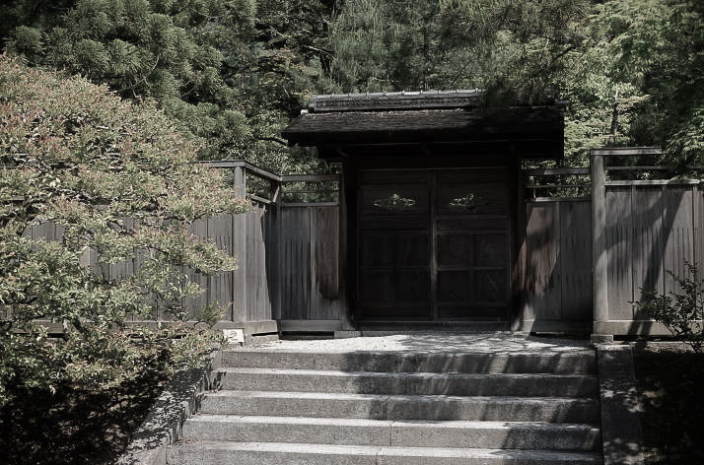
Although these two gardens were created at roughly the same time, their characteristics are quite different. Simply put, the garden at Shugakuin Imperial Villa is larger in scale than that at Katsura Imperial Villa. Even if we simply compare the area, Shugakuin Imperial Villa’s grounds are about 545,000 square meters (about 133 acres), nearly 10 times the size of Katsura Imperial Villa, so the guided tour at Shugakuin Imperial Villa takes about 30 minutes longer. Also, on the Katsura Rikyu tour, participants’ gaze is mostly limited to the pond garden and the surrounding buildings, whereas on the Shugakuin Rikyu tour, rice fields and farmland appear here and there (as they intentionally function as part of the garden landscape), and sometimes you climb a small hill from which you can look down on the city of Kyoto and the surrounding mountains.
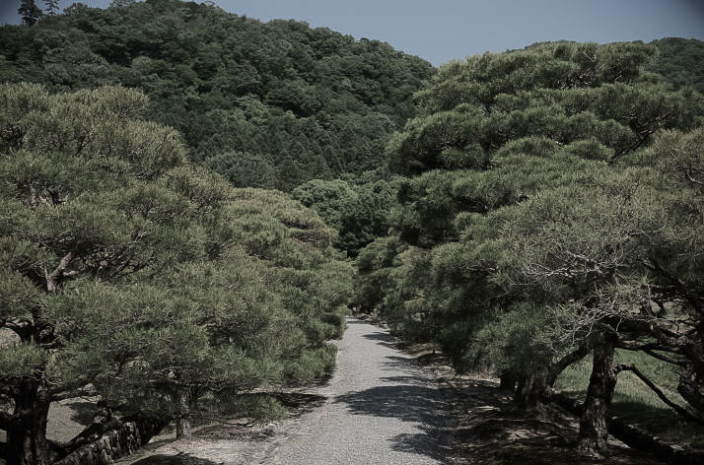
Shugakuin Imperial Villa was built in the mid-17th century as a mountain villa for the Emperor Emeritus Gomizunoo at the foot of Mount Hiei. Its vast grounds are mainly made up of three parts: the Lower Villa (Shimo Rikyu), the Middle Villa (Naka Rikyu), and the Upper Villa (Kami Rikyu), which are connected by pine-lined avenues. After the death of the ex-emperor, many of the main buildings were lost, and most of the buildings that remain today were rebuilt in the first half of the 19th century (while the buildings at Katsura Imperial Villas are all basically “original ones”). The pines on both sides of the avenues were also planted in preparation for the visit of Emperor Meiji in the second half of the 19th century; before that, these paths were simply footpaths between rice fields.
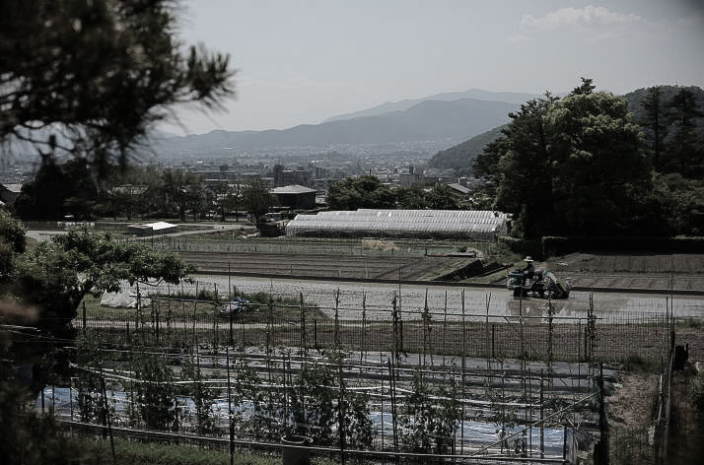
After participants on a guided tour pass through a couple of gates, including the Omote-Somon (表総門) gate and Miyukimon (御幸門) gate, they are first taken to Shimo Rikyu (下離宮). This area acts as the entrance to the entire Imperial Villa grounds, and it is said that the retired emperor Gomizunoo disembarked from his mikoshi at Okoshi-yose (御輿寄) here before heading to Jugetsukan (寿月観), which is the most important building in the Lower Villa section. When Bruno Taut visited this building, he commented on how the maple trees planted in the garden will turn red in autumn, harmonizing with the dull red color of the clay walls and cedar pillars, and wrote that the emperor’s living room here is “the height of simplicity” and that “to create such simplicity and yet live here requires the utmost culture.”
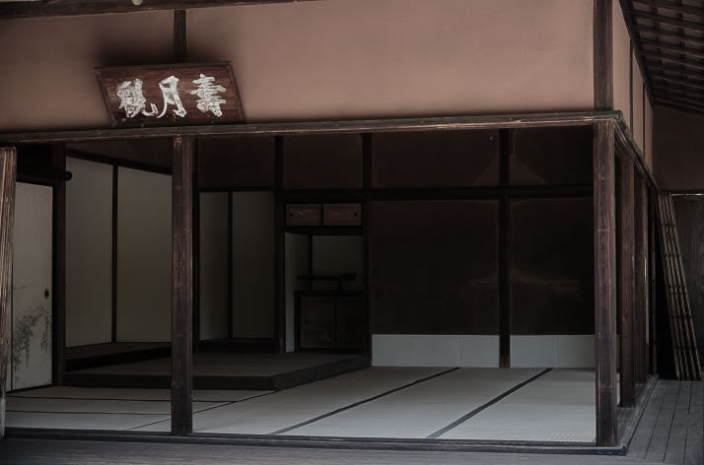
Rakushiken (楽只軒), the main building of Naka Rikyu (中離宮), was built around 1668 as the palace of Princess Akenomiya (Teruko), the eighth daughter of Gomizunoo. Later, the Kyakuden (客殿) building was moved from another location. After her father’s death, the princess became a nun, and the palace was expanded and renovated into a Buddhist temple called Rinkyu-ji. In the Meiji era, Rakushiken and Kakuden were incorporated into Shugakuin Imperial Villa, which was managed by the Imperial Household Agency. Today, guided tour participants are not allowed to enter these buildings in Naka Rikyu, but the shutters and sliding doors are open, so you can see the inside from the outside and are allowed to take photos.
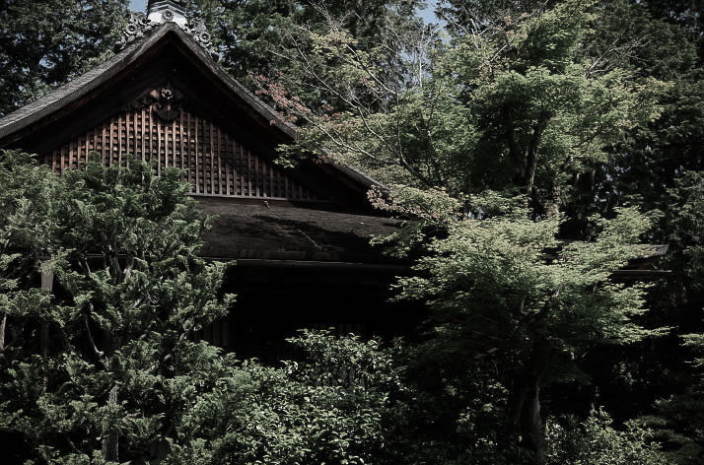
The Rakushiken is simple yet tasteful, befitting a princess’s palace, with sliding door paintings depicting cherry blossoms on Mt. Yoshino and autumn leaves on the Tatsuta River. Kyakuden, the most gorgeous building in the entire Shugakuin Villa, contains the aforementioned Kasumi-dana shelves. “Kasumi” means mist, and in this work of art, the five zelkova shelf boards are arranged at different heights to create the effect of drifting mist. On the walls of Kasumi-dana are pasted waka and Chinese poems composed by nobles (including Prince Toshitada) and Zen monks of the time.
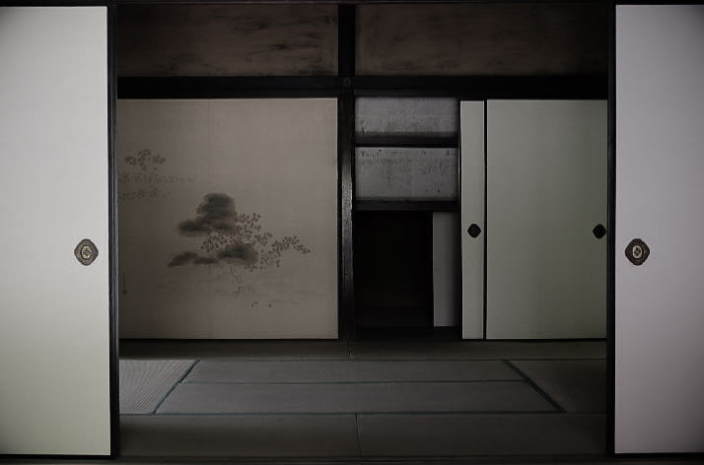
Leaving Naka Rikyu, we walk north along the pine-lined path for a while before entering the Kami Rikyu (上離宮) area, where we climb steep stone steps surrounded by tall, trimmed trees. At this point, the view is blocked, and we have no idea what awaits us at the top. (The pruning has the effect of hiding the highlight of the tour, making it more exciting.) Sure enough, what awaits us there is the Rinuntei (隣雲亭) building and the magnificent view that stretches out from there. Below us is the Yokuryuchi (浴龍池) pond and the northern Kyoto mountains, and to the left is the cityscape of central Kyoto. We are surrounded by trees, and if we listen carefully, we can hear the sound of a waterfall.
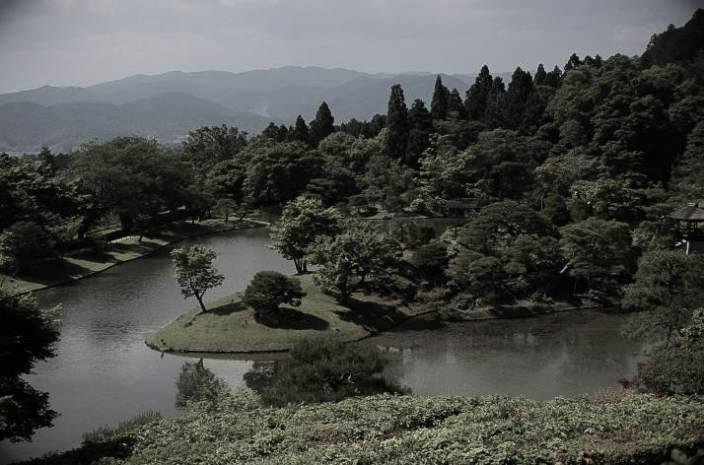
Located on a hill 137 meters above sea level, Yokuryuchi is a huge artificial pond created by damming a stream flowing from a valley. There are three small islands in the pond, and the name Yokuryuchi is said to have been given to the pond because the shape of these islands resembles a dragon (ryu). There are three bridges over the pond, each with its own unique characteristics that make them very photogenic. On the northern bank of the pond is a simple roofed boat house, and it is said that whenever the retired emperor visited Shugakuin Rikyu, he would row out from here and enjoy boating on the pond.
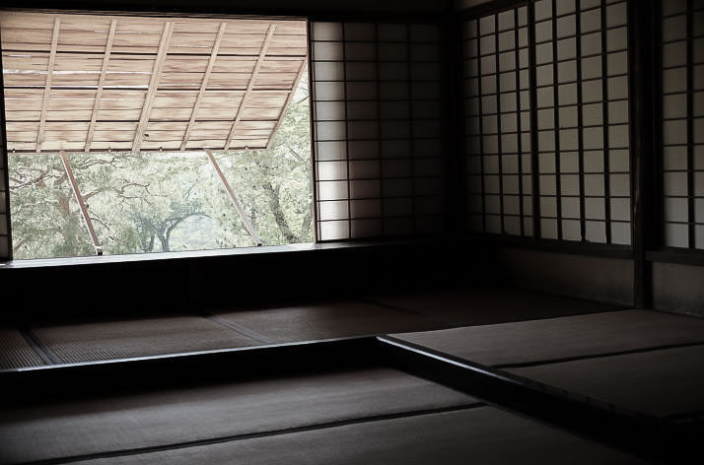
On the largest of the three islands stands a teahouse called Kyusuitei (窮邃亭), which is the only building in Shugakuin Villa that has survived from its original construction. Like Rinuntei, it was built for the purpose of enjoying the view, so the building has almost no unnecessary decoration. Inside Kyusuitei, there is a raised area with six tatami mats, known as the “Jodan no Ma” (upper room), where people of high rank would sit. It is said that the retired emperor would look out over the pond garden from here and discuss waka and Chinese poetry with nobles and monks.
Getting There
Katsura Imperial Villa is about a 20-minute walk from Katsura Station on the Hankyu Kyoto Line, and Shugakuin Imperial Villa is about a 20-minute walk from Shugakuin Station on the Eizan Electric Railway.
Other Photos
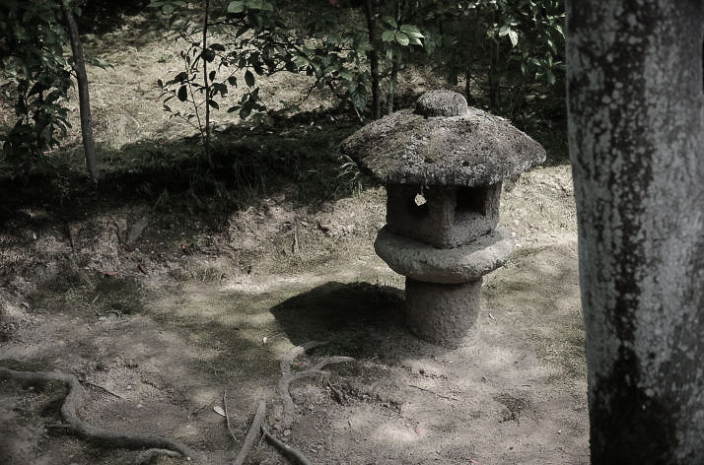
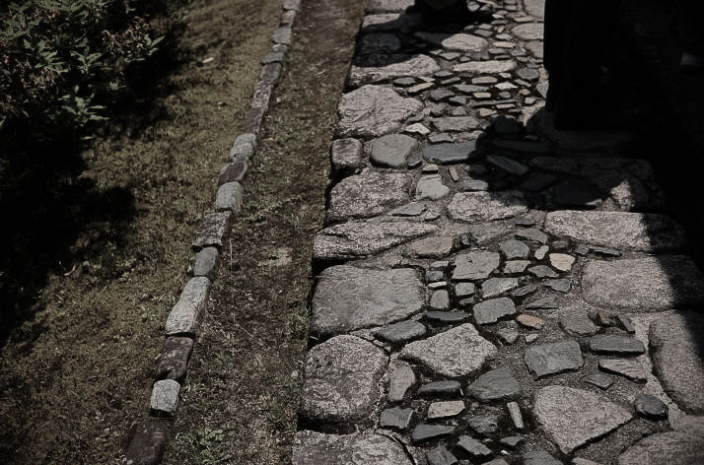
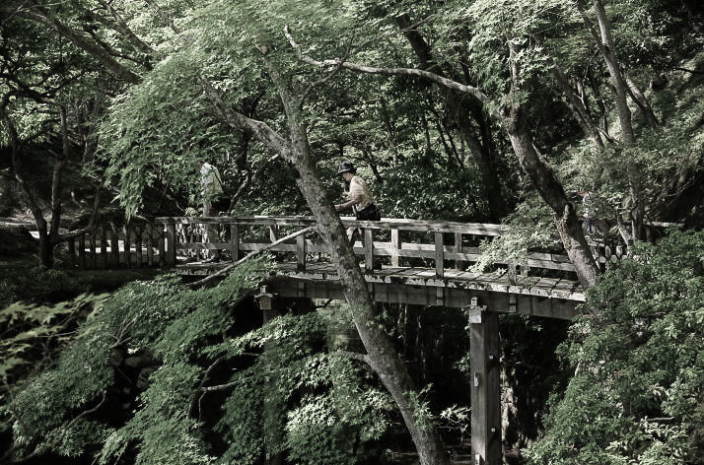
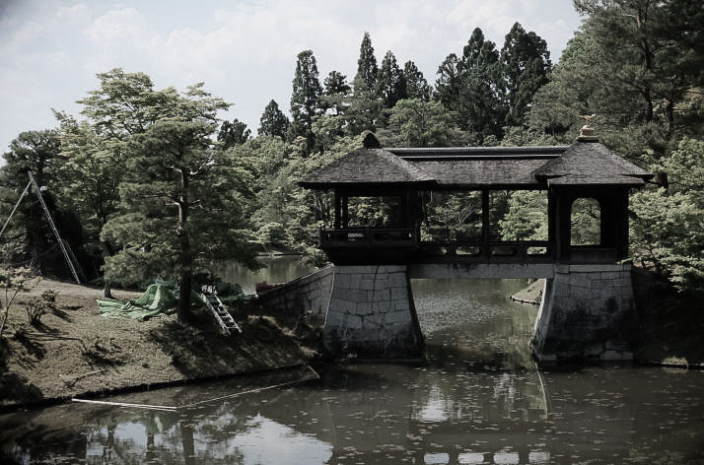
Conclusion
As mentioned above, as of February 2025, the only way to see the two villas introduced here is to make a reservation with a guided tour organized by the Imperial Household Agency. There are a couple of ways to make a reservation, including online. However, matters of this nature are subject to change in the future. (For example, Katsura Imperial Villa currently charges a 1,000-yen admission fee, but it was free before that.) Therefore, those who wish to visit should be sure to check the reservation method and other information in advance on the official website of the Imperial Household Agency. Below are links to the visitor’s guides for each villa, so please refer to them.
Photographs by Koji Ikuma. (Featured Photo: Shin Goten building at Katsura Imperial Villa.)
Outbound Links (New Window)

Visit guidelines for Katsura Rikyu.


